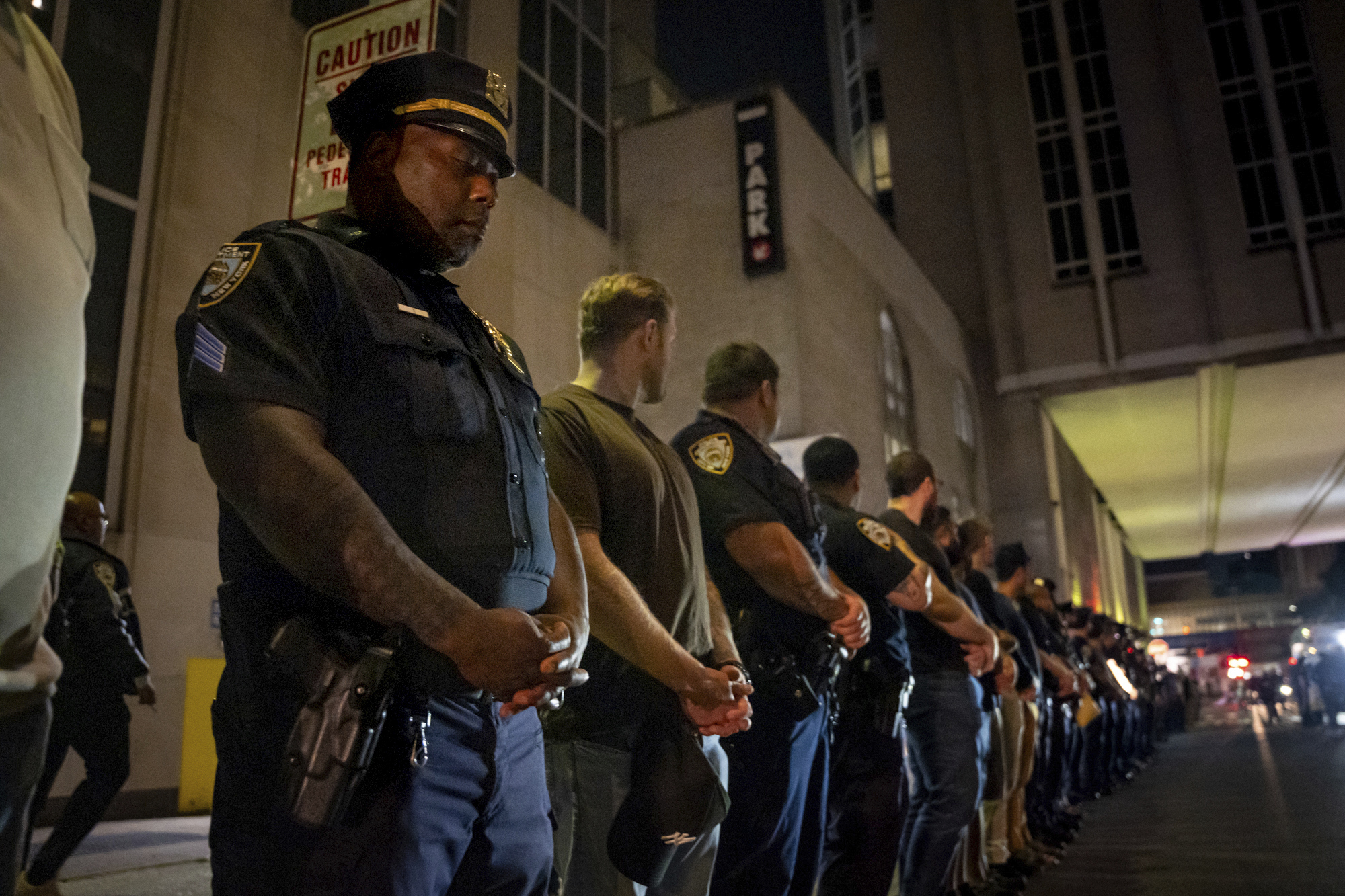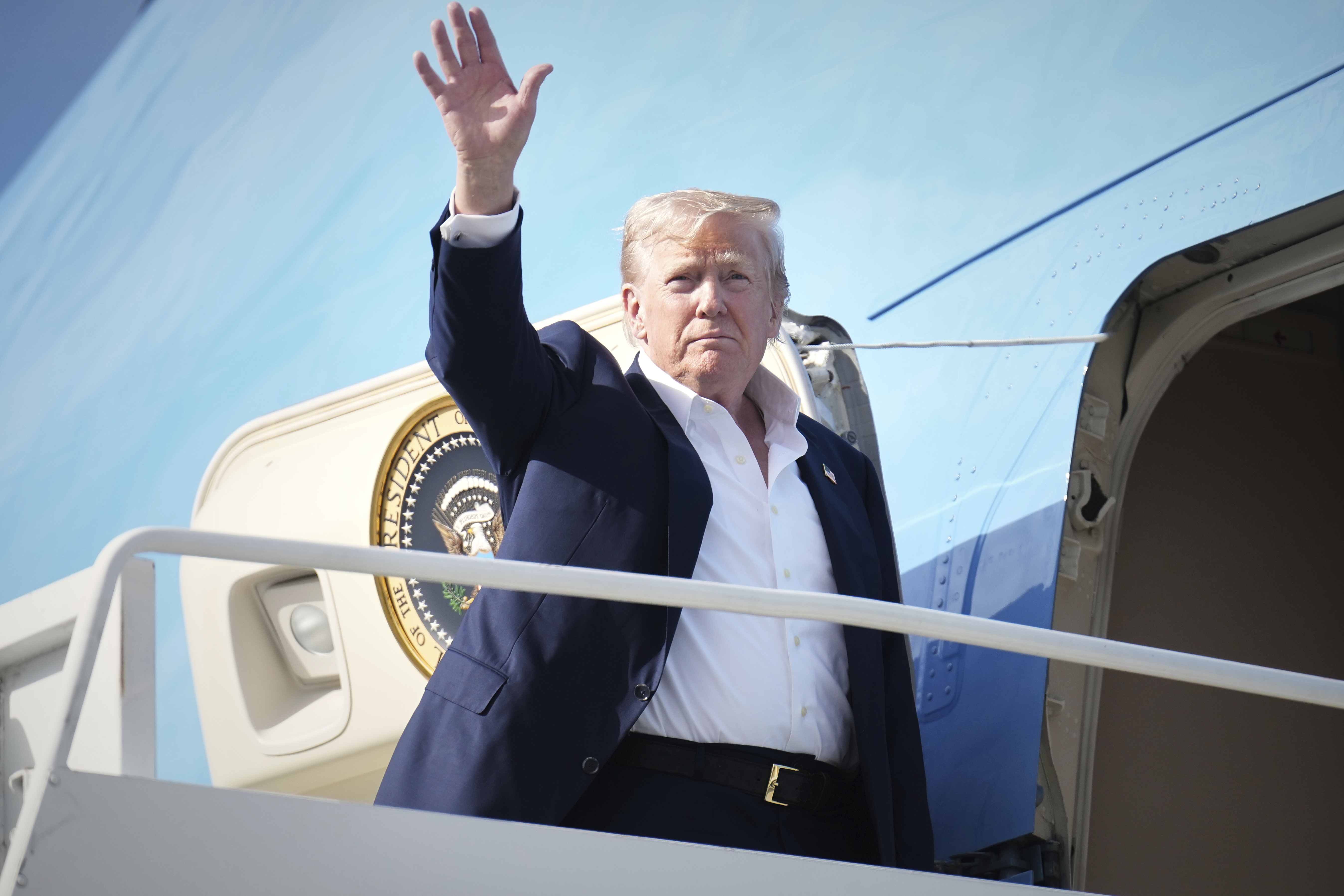Chan: "This storage area of the Philippine artifacts consists of mostly Cordillera, or the northern islands, and the southern islands. ... These are spirits houses, which are usually placed in front of the house of the huts of the Cordilleras or the Highlanders."
Cat: "Can you tell us how it works?"
Chan: "There's a door to that so the spirits go in. And you invoke the spirits to come."
Lani Chan has worked as a community co-curator with Chicago's Field Museum for five years. She's retired, and much of what she does now is on a volunteer basis, since funding has dwindled. She curates to give back to the community — that includes organizing and identifying artifacts, bringing meaning to each one.
"This is a knife. It came from Leyte, which is more diverse. This is 1944. But the knives are really part of the outfit of Filipinos. You rarely see a Filipino before without knives because they use it for harvest, for everyday work. And they use it also for our needs. There are special knives for each occasion that they have. But usually an outfit is never complete without some sort of a sword or knife."
Cat: "And this is interesting, because you could see it has, like, someone's name on there. But the name is American-sounding."
Chan: "E.J. Crumb Becker, 1944."
"This is what's called the baybayin. The first letters, the alphabet, that is used by the Filipinos."
"Being a Filipino-American living here in Chicago, it's about time that we kind of flaunt into our artifacts. … It's for the next generation. Things that are used before and still used until now, or things that was used before by the grandmothers ... and grandfathers — which they never saw in their life," Chan said.
Some museum visitors may not know that underneath them are rows and rows of Filipino artifacts — 10,000 objects. Seventy-five percent of them were collected by Field Museum anthropologists more than 100 years ago, when the Philippines was a U.S. colony.
Jamie Kelly heads the Anthropological Collections at the Field Museum.
"The collections were formed because there was a real strong interest in the Philippines by business interests in the U.S., because the U.S. government was occupying the Philippines at the time," Kelly said.
Kelly: "It appears that the bulk of the collections were acquired through purchase by the anthropologist. ... They could have done trade or exchanges at that time."
Cat: "Could it be possible that it may have been stolen?"
Kelly: "You never know with museums like the Field Museum how things could have been obtained illegally or not, but especially related to collections like this. But from the documentation that we have, it shows that they appeared to be acquired legally at that time."
Kelly acknowledges that there are colonial narratives in acquiring and telling stories of Filipino tribes in the past. For example, the majority of the collection is from native tribal communities from remote locations. It completely ignores other Filipino communities from other regions — perhaps to exoticize its people.
"In the past, we didn't do a great job. … That was part of a colonial way of doing things, and we're trying to not do that anymore — trying to privilege community narratives more and trying to do more right by these collections and the communities from which they came," Kelly said.
"We realize we're not the only experts in the museum. ... But we realized that there are other experts out there, and that includes source communities and the descendant communities who are out there. So it's for them to reclaim their narrative of their heritage," Kelly said.
Philippine culture and traditions are very much alive in Chicago. Ruben Salazar is the co-president of Chicago's Filipino-American National Historical Society. The organization hosts various Filipino-American events throughout the year.
"Well, it's very important that we know our roots. And to the collection, we are able to find out more about the cultural heritage and the history of our ancestors," says Salazar. "The Philippines is a group of over 7,000 Islands, and we, the Filipino-Americans, probably only know very little of our culture, especially the ones that are in this remote island. So it's ironic that this collection that's in the Field Museum are all representative of indigenous tribes, and those are the places that very many of us have not seen or have not known and we're not taught in schools. So this is our way of learning how our brothers and sisters from other parts of the country live."
Thanks to an anonymous donation, 80 percent of the 10,000 objects have been electronically digitized and are now accessible through an online portal.
This allows others to contribute their knowledge about a specific object, which the museum can then verify. The museum houses one of the largest collections of Philippine artifacts in the U.S., and it's expanding.
It's currently working alongside co-curators like Chan on anthropological exhibitions in the Philippines. This allows the museum to connect with the communities there, as well as find new information, artifacts and stories to share for generations to come.
"It should be interactive, and the pertinent community should be involved in the preservation, in the maintenance, in whatever happens to the artifacts. They should be not just thrown away but really seen by the community," said Chan. "It's going back to the roots for the young people. And that's what I think is important for me, for the young people to know their roots and their heritage."




 One Woman's Attempt To Preserve Filipino-American History In Chicago
One Woman's Attempt To Preserve Filipino-American History In Chicago How Filipinos Shaped An American Labor Movement In The '60s
How Filipinos Shaped An American Labor Movement In The '60s






